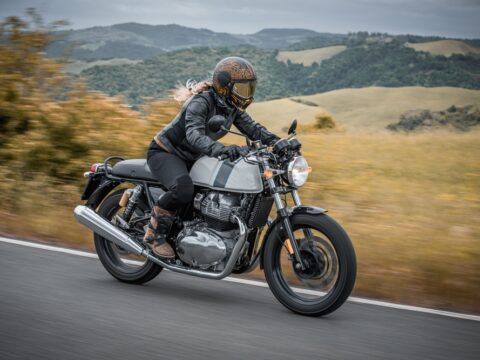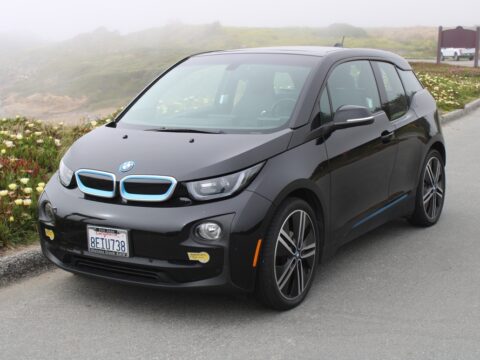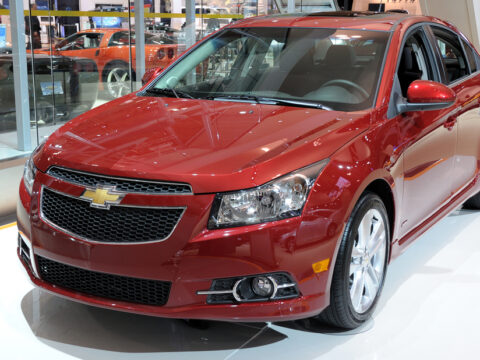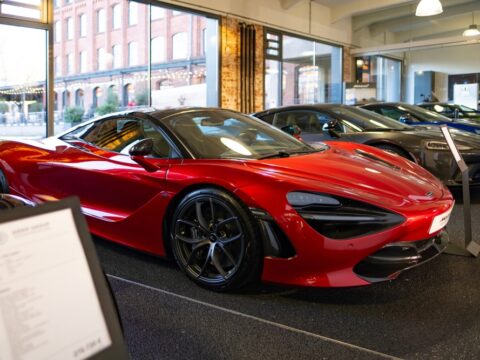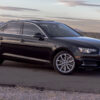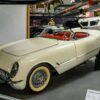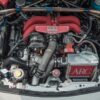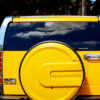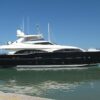Over the years, some of the world’s most iconic commercial jets have taken their last flights, grounded for good due to advancing technology, rising costs, or safety concerns. These planes once revolutionized air travel and connected distant parts of the globe, but now they rest as memories of aviation history. Here’s a look back at 15 famous jets that once ruled the skies but have since been retired.
Contents
Concorde
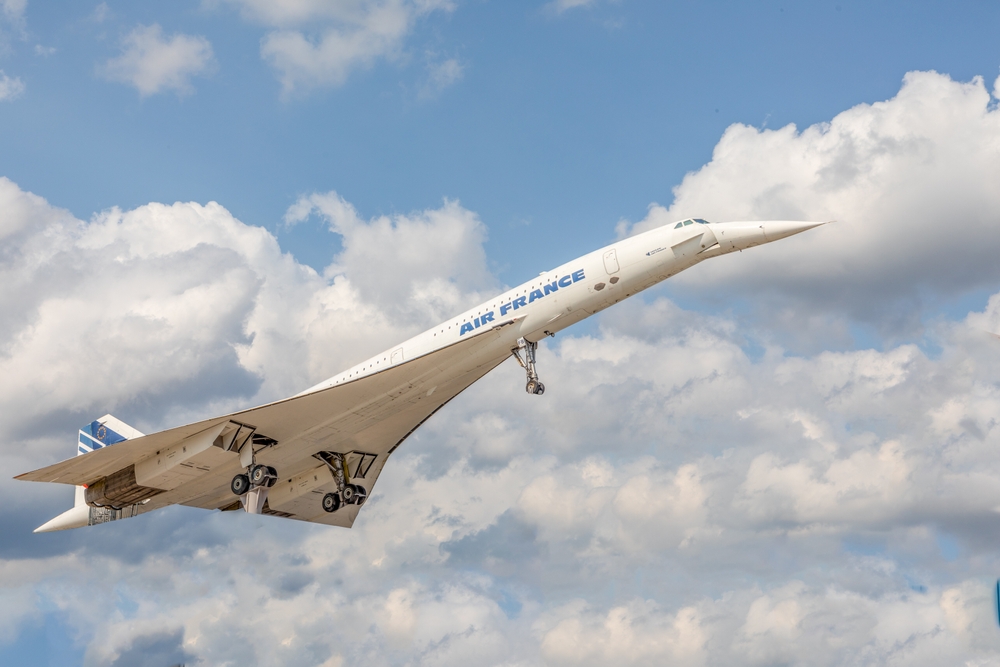
The Concorde, an icon of supersonic flight, was permanently grounded in 2003. After a tragic accident in 2000, coupled with rising maintenance costs and reduced passenger demand, its future became unsustainable. Its high-speed capabilities, once a marvel, also led to soaring fuel expenses, making it a costly option as fuel prices climbed. Despite its reputation as a symbol of luxury travel, Concorde flights became financially impractical. Today, it is remembered fondly in aviation history but is unlikely to ever return to commercial service.
Boeing 747-400
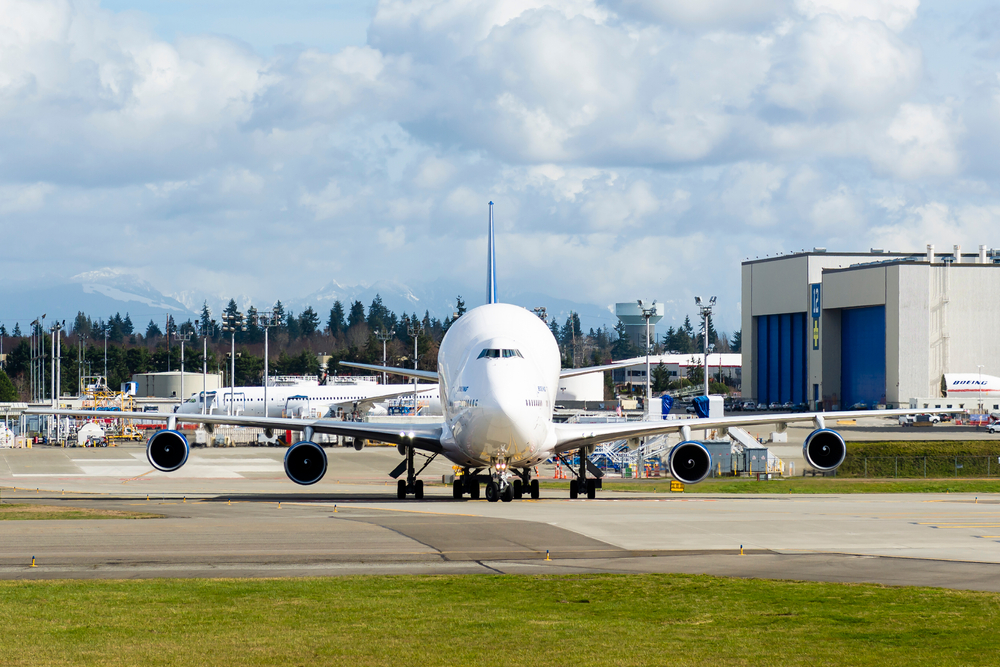
Known for its signature hump and spacious cabin, the Boeing 747-400 was once the backbone of international air travel. As newer, fuel-efficient models like the Boeing 787 and Airbus A350 emerged, however, the 747-400 gradually lost its edge. The COVID-19 pandemic accelerated its retirement as airlines focused on cutting operational costs. Although it continues to serve as a freighter, most passenger versions are retired, marking the end of an era for this iconic jumbo jet.
McDonnell Douglas DC-10

Celebrated for its range and capacity, the McDonnell Douglas DC-10 also suffered a tarnished safety record due to several fatal accidents. A design flaw in the rear cargo door, linked to multiple crashes, led to lasting concerns about its reliability. Despite safety upgrades over the years, the DC-10’s reputation never fully recovered. By the 2000s, it was phased out of commercial service, though some were repurposed as cargo planes. Today, the DC-10 serves mostly as a reminder of a different era in aviation.
Lockheed L-1011 TriStar
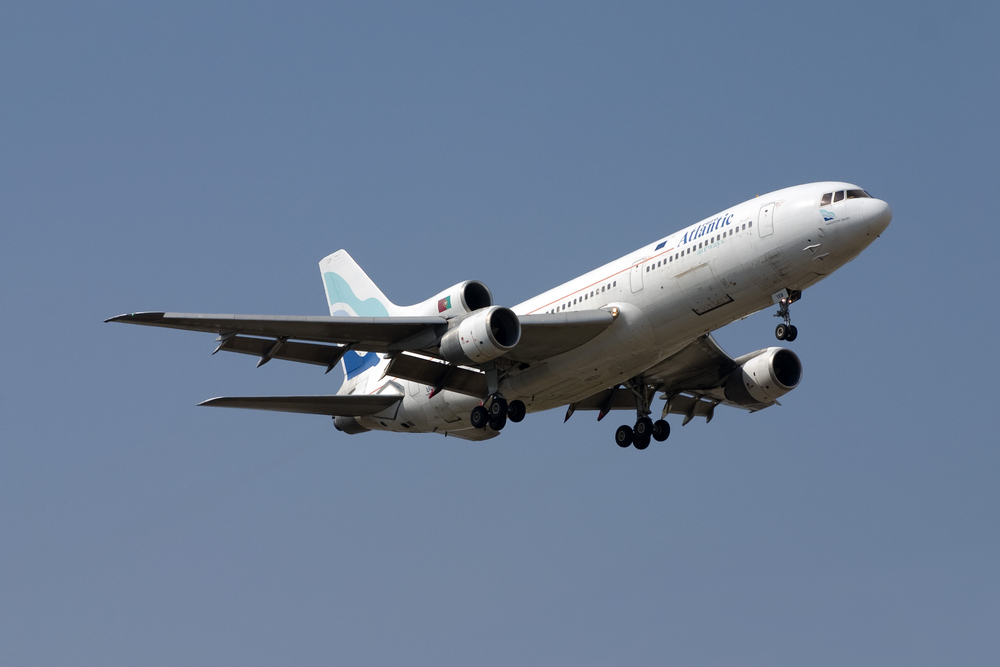
The Lockheed L-1011 TriStar brought advanced engineering and quieter engines to the skies in the 1970s. However, the jet faced fierce competition from the McDonnell Douglas DC-10, and its reliance on a single engine supplier, Rolls-Royce, led to delays. Increasingly high maintenance costs and fuel inefficiency eventually spelled the end for the TriStar’s commercial career. By the 1990s, most airlines had retired it, though a few served in military and special roles.
Boeing 727
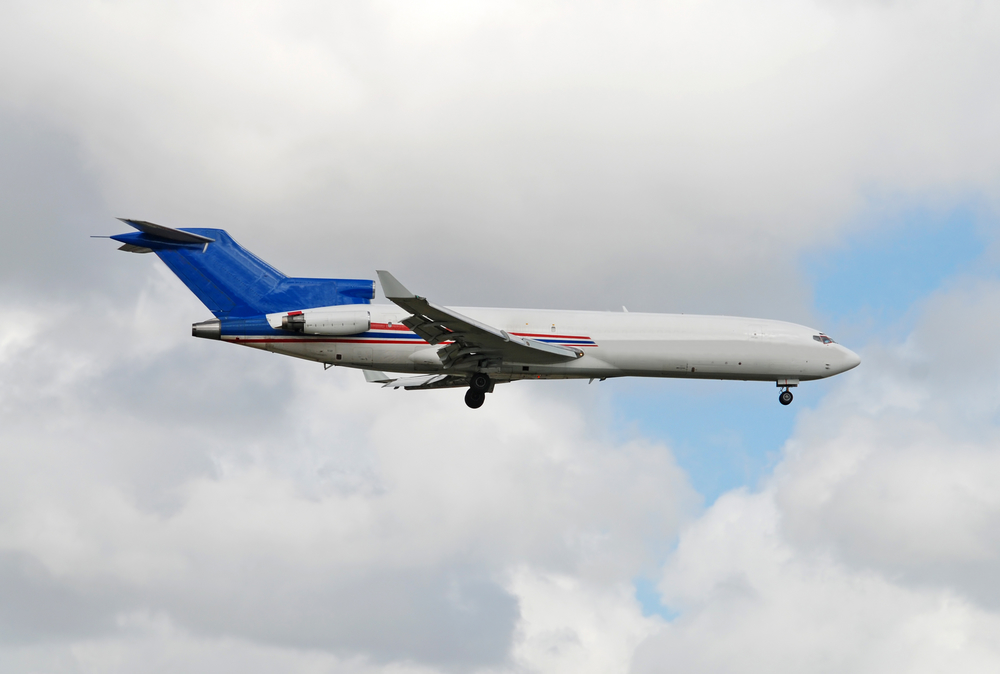
The Boeing 727 was celebrated for its tri-engine design, which allowed it to operate in smaller airports and on shorter runways, a key advantage in its prime. However, as quieter, more fuel-efficient jets entered the market, the 727 became outdated. High operating costs and strict noise regulations ultimately led to its gradual phase-out. By the early 2000s, the 727 was largely retired from commercial use. Its legacy endures in aviation history, although it’s rarely seen in the skies today.
Airbus A300
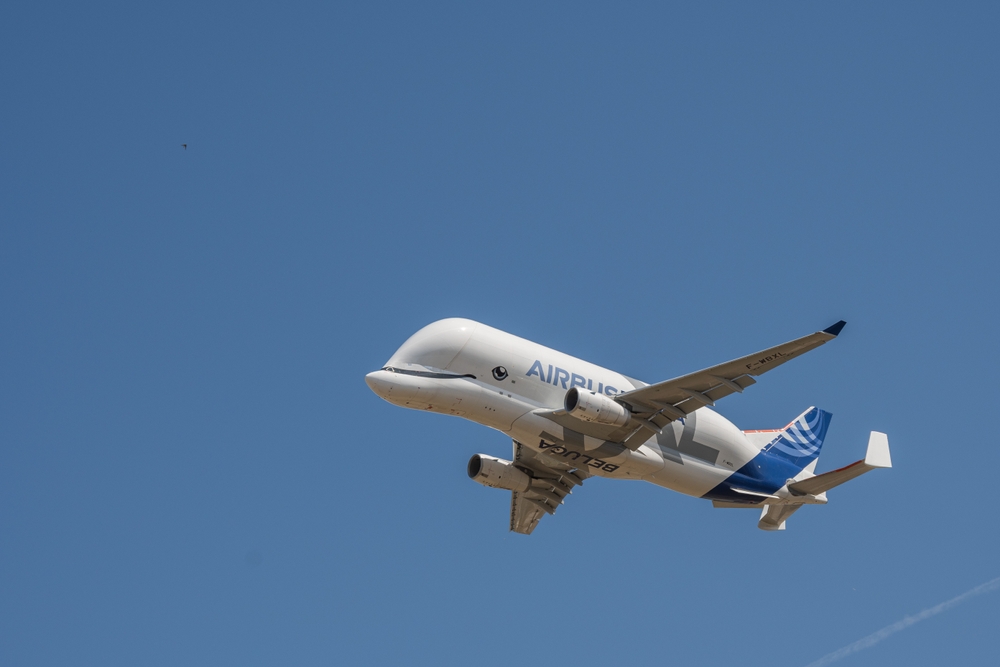
As Airbus’s first wide-body jet, the Airbus A300 helped the company become a major player in aviation. Its initial appeal, however, faded with the rise of more advanced models like the Airbus A330 and A350, which offered greater fuel efficiency and passenger comfort. Many airlines retired their A300 fleets or converted them to cargo carriers. Production ended officially in 2007, marking the end of an era for Airbus’s pioneering model. The A300 still has a few uses but is largely retired from passenger service.
Boeing 707
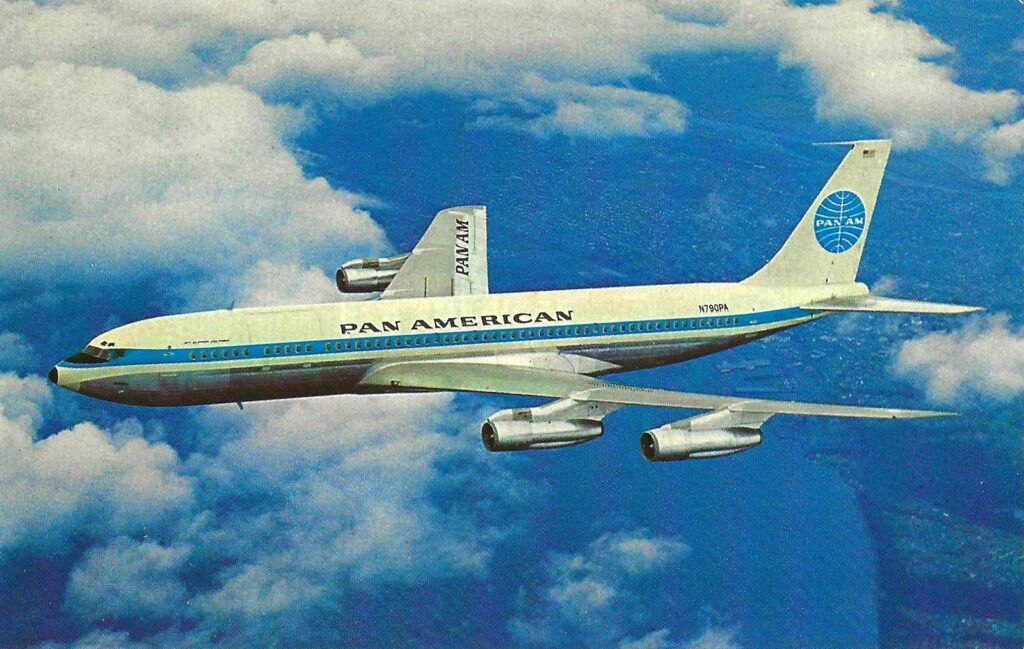
The Boeing 707, a pioneer of the jet age, revolutionized commercial aviation in the late 1950s. Over time, however, its four-engine layout and high operating costs made it less competitive against modern jets. As noise restrictions became stricter and fuel prices climbed, airlines gradually retired the 707 by the 1980s. While it paved the way for generations of jetliners, it’s now a rare sight. The 707 remains iconic in aviation history but is no longer in commercial service.
McDonnell Douglas MD-80
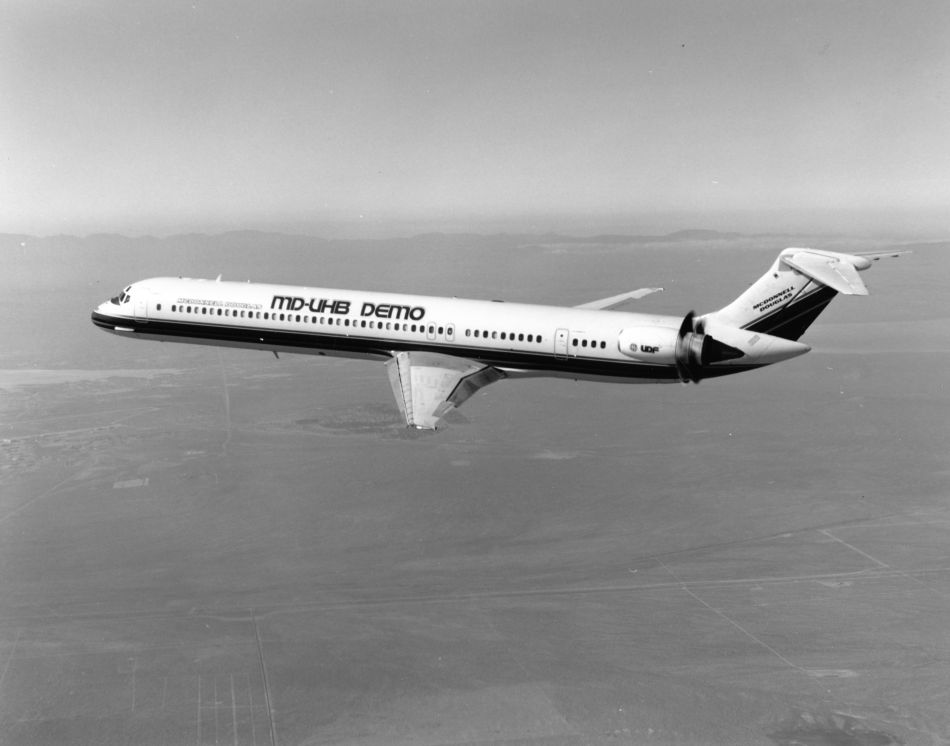
The MD-80 was a common sight in the skies during the 1980s and 1990s, especially in the United States. However, as technology advanced, the MD-80’s high fuel consumption became a disadvantage. Newer, more efficient jets such as the Boeing 737 and Airbus A320 gradually replaced it. American Airlines officially retired its last MD-80 in 2019, marking the end of an era for this workhorse.
British Aerospace 146 (BAe 146)
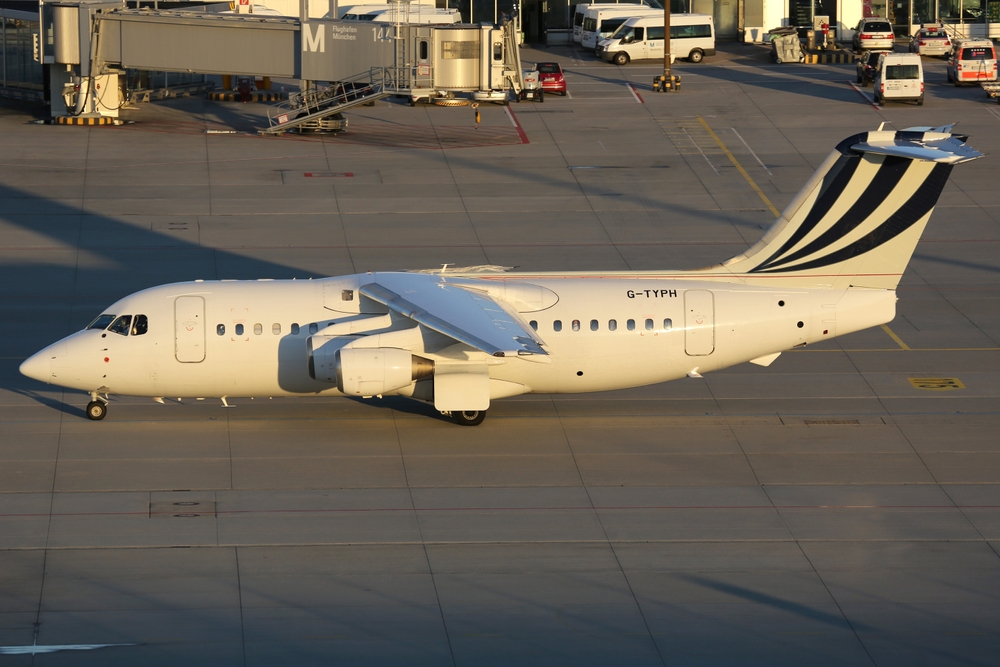
Known for its quiet engines, the BAe 146 was ideal for operating in noise-sensitive airports across Europe. Its four-engine design, however, made it expensive to operate compared to more fuel-efficient twin-engine alternatives. By the early 2000s, most airlines had replaced the BAe 146 with newer regional jets like the Embraer E-Jet. Though a few BAe 146 aircraft continue in specialized roles, most are retired. It remains a well-loved aircraft among European aviation fans.
Fokker 100
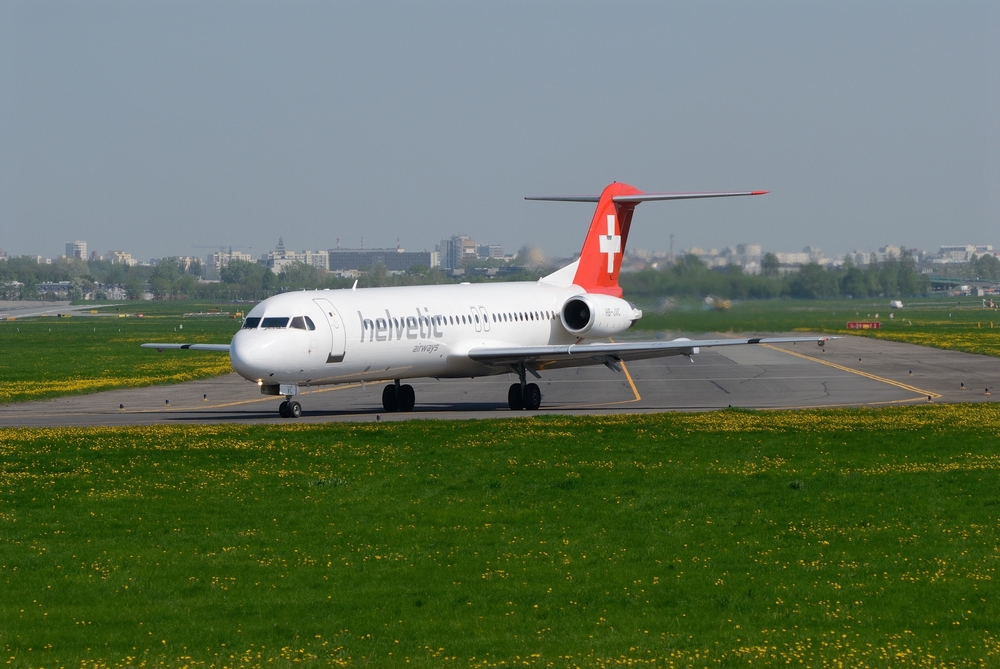
Popular in the 1980s for regional routes, the Fokker 100 lost ground after its manufacturer went bankrupt in 1996. With limited parts and support, many airlines phased out the model in favor of aircraft like the Embraer E-Jet and Bombardier CRJ series. Although some are still in use, the Fokker 100 is increasingly rare in commercial aviation. Its solid reputation endures, but its lack of manufacturer support hastened its retirement.
Saab 340
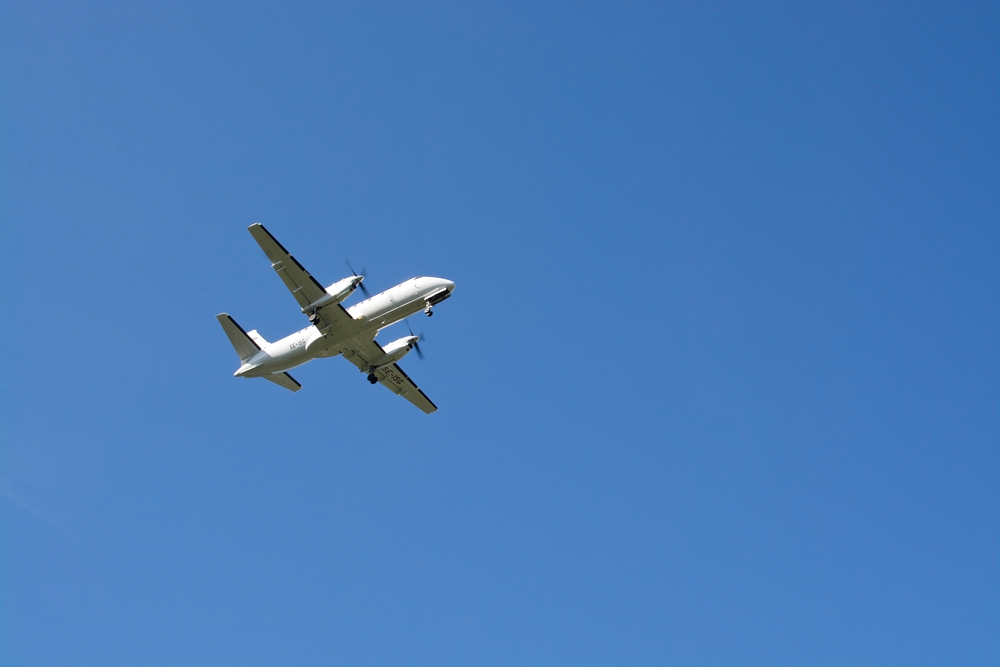
The Saab 340, a turboprop designed for regional routes, enjoyed popularity in the 1980s. With competition from faster, more comfortable regional jets, however, demand for the Saab 340 waned. Many airlines retired the model by the early 2000s as newer options became available. Though production ceased in 1999, a few are still used for specialized services like cargo and firefighting. Its time as a passenger jet is largely over, but it remains a versatile design.
Convair 990
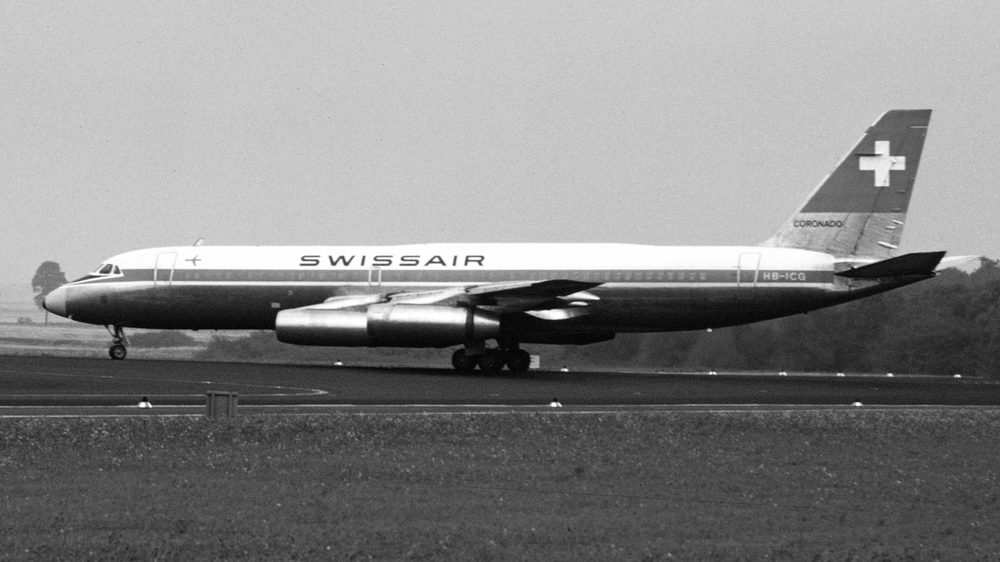
The Convair 990, the fastest commercial jet of its era, had an ambitious design but was plagued by fuel inefficiency and technical issues. Its short production run ended after just 37 units, and it struggled to compete against more reliable models. Most airlines phased it out by the 1970s as fuel costs rose and reliability issues persisted. While a few examples are preserved in museums, the Convair 990 has mostly disappeared. Its legacy as a bold, if flawed, design lives on.
Douglas DC-8
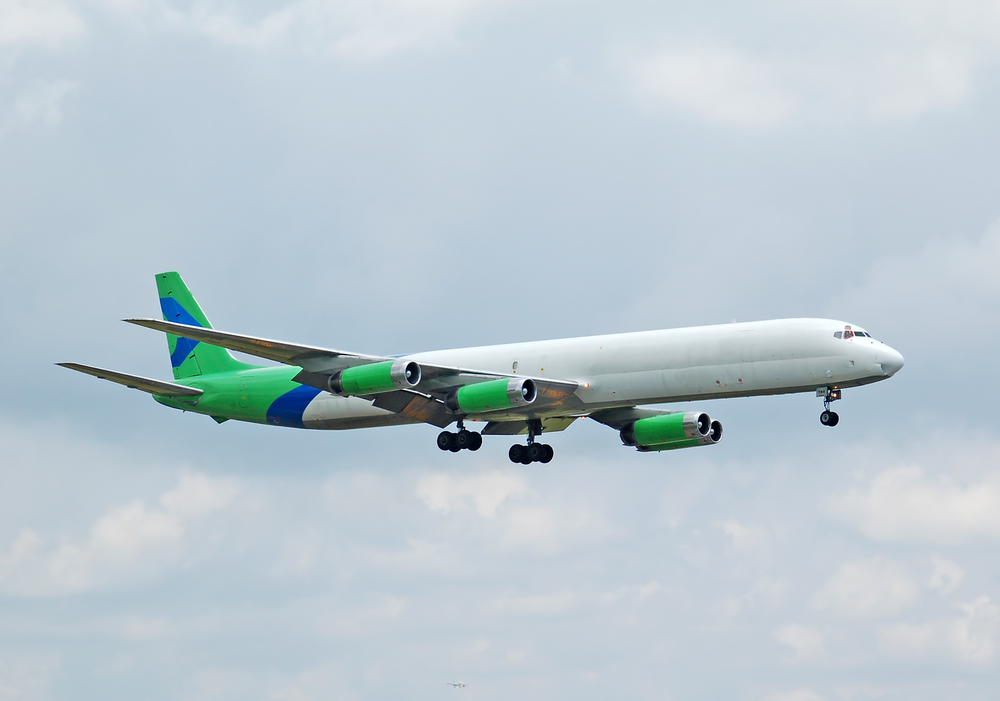
The Douglas DC-8, a direct competitor to the Boeing 707, helped usher in the jet age. Over time, though, newer, quieter, and more efficient jets led to its decline. Many airlines retired the DC-8 by the 1980s, and although some were converted for cargo use, few remain today. The DC-8 remains a classic, early jetliner, largely grounded but still appreciated by aviation historians. Its legacy lies in its contribution to the early days of jet travel.
Sud Aviation Caravelle
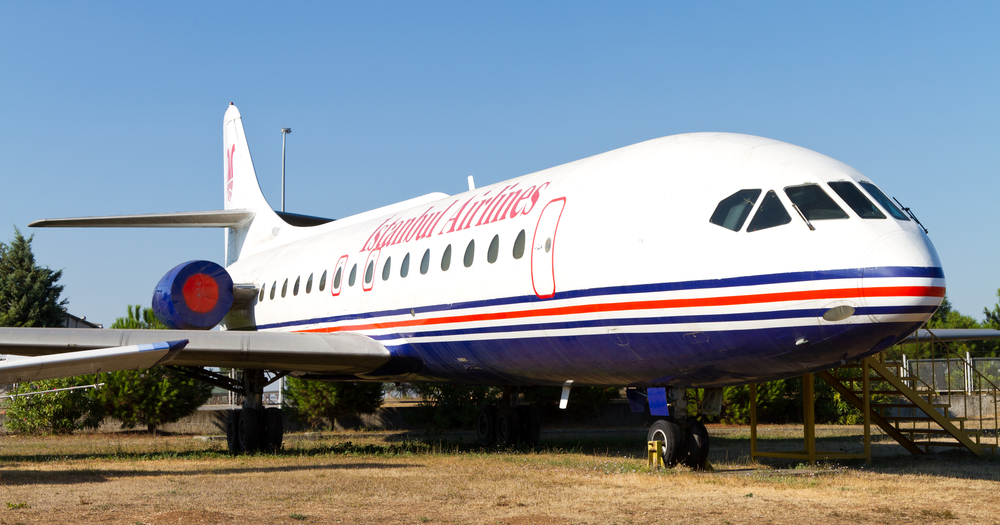
A sleek pioneer of short-haul jet travel, the Sud Aviation Caravelle gained popularity in Europe in the 1960s. Despite its early success, newer aircraft quickly outpaced it in efficiency and capacity, leading to its gradual retirement in the 1980s. While a few Caravelles survive in museums, its commercial career is long over. The Caravelle holds a special place in aviation history as one of the earliest passenger jets. Though its time in service was brief, its design set a standard for years to come.
Vickers VC10
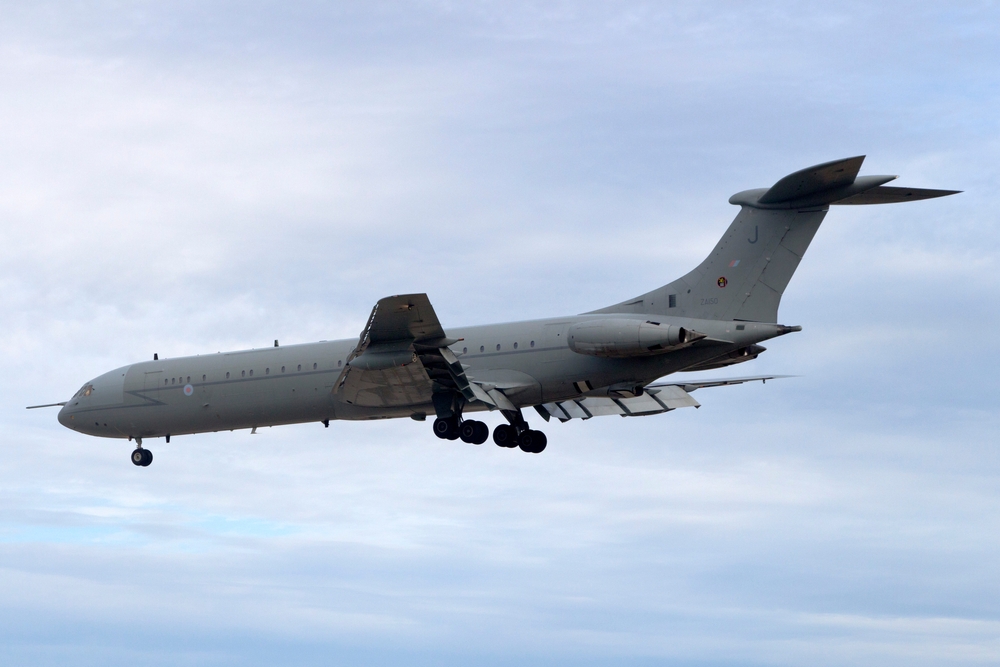
The Vickers VC10, known for its smooth, quiet ride, was a British-built jet that couldn’t compete with American giants like the Boeing 707. Though well-loved by passengers, its fuel inefficiency and limited range led to its retirement by most airlines in the 1980s. The RAF continued to use it as a tanker aircraft until 2013, marking the end of its operational life. Few examples survive today, but it remains a cherished piece of British aviation history. Its distinctive rear-mounted engines set it apart visually.
This article originally appeared in MyCarMakesNoise.
More from MyCarMakesNoise
25 Budget-Friendly Classics That Bring Vintage Style
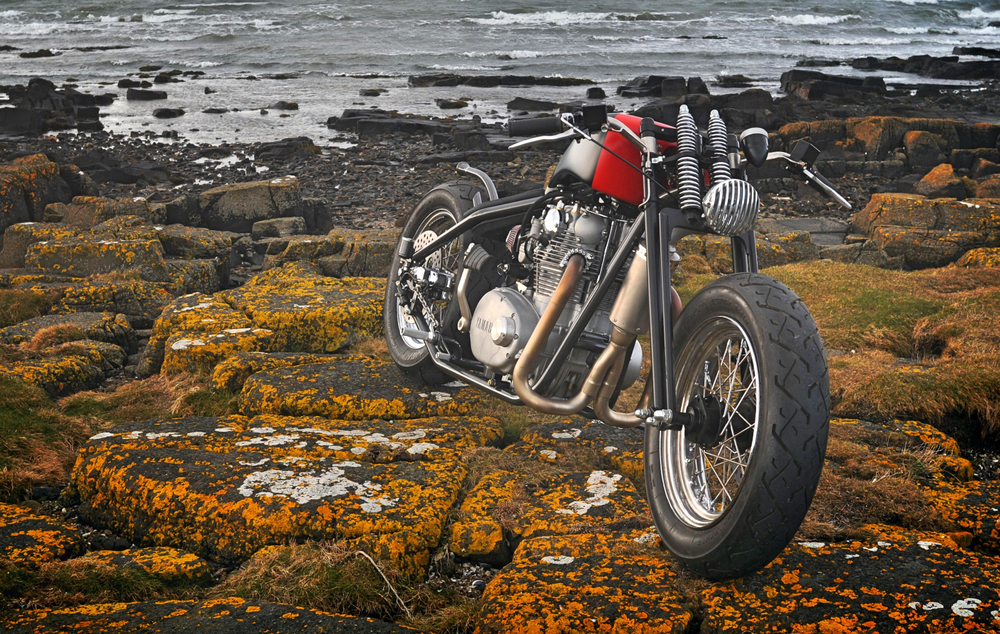
Finding the perfect classic motorcycle doesn’t have to be a costly affair. With a bit of research and a keen eye, you can uncover gems that offer timeless style and reliable performance without breaking the bank. Read More.
20 Ultra-Rare Ferraris You’ve Likely Never Heard Of
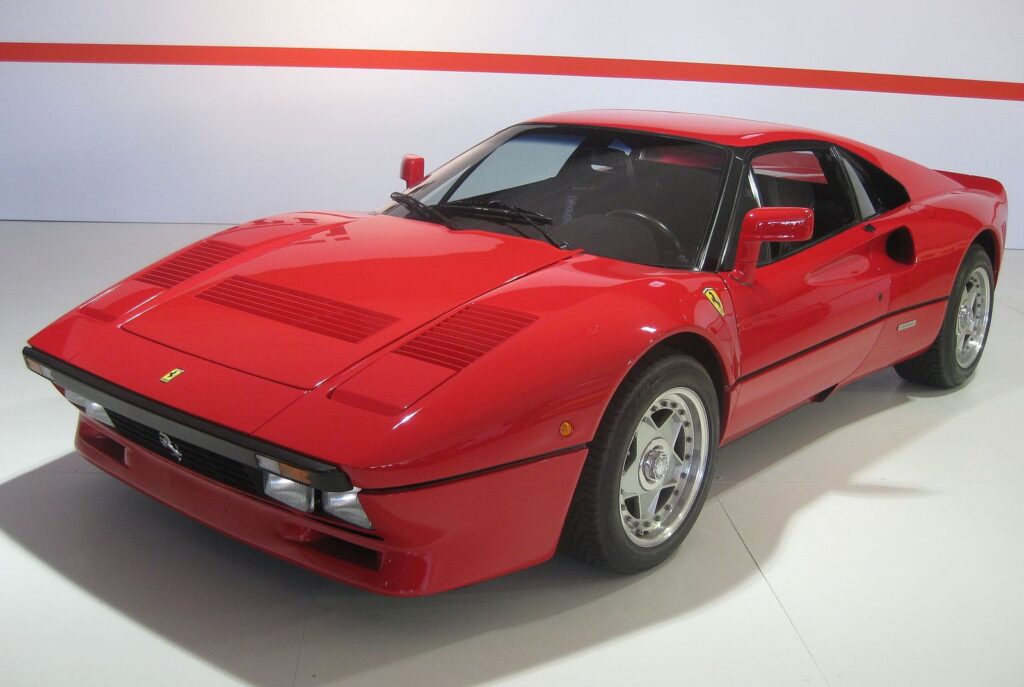
Ferrari is known for crafting some of the world’s most iconic and coveted cars, but among their impressive lineup, a few models stand out due to their extreme rarity. These rare Ferraris are not just cars; they are legends in automotive history. Read More.
17 Military Vehicle Projects That Didn’t Go as Planned
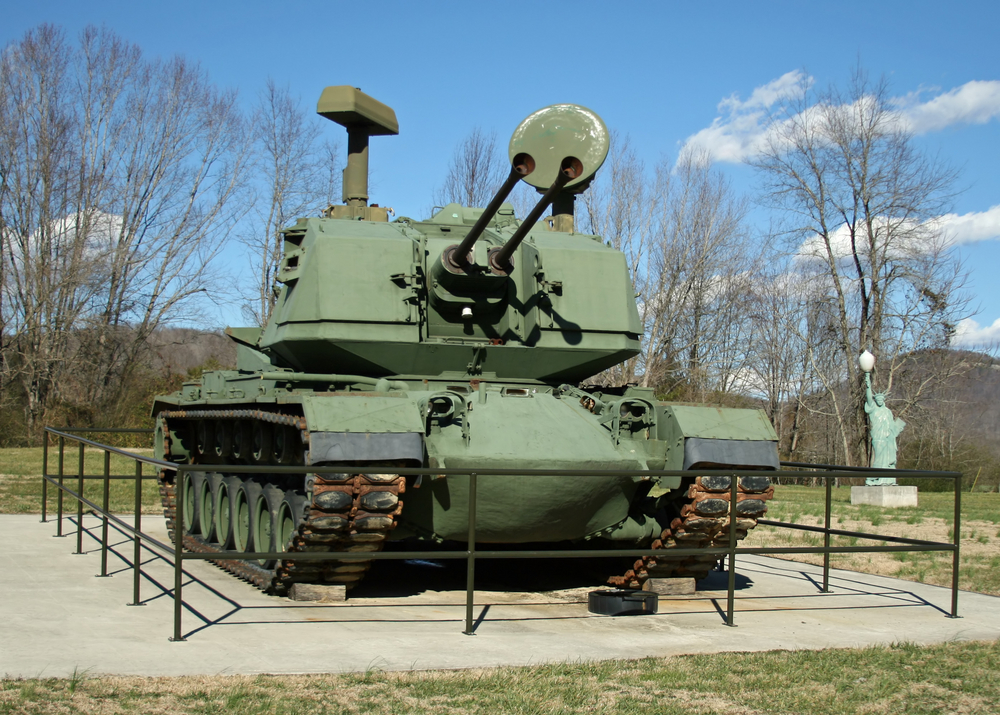
In the world of military technology, not every vehicle lives up to its promise. Some fail to deliver on performance, reliability, or innovation. In this article, we explore 17 military vehicles that, despite high hopes and significant investment, ultimately fell short of expectations. Read More.

